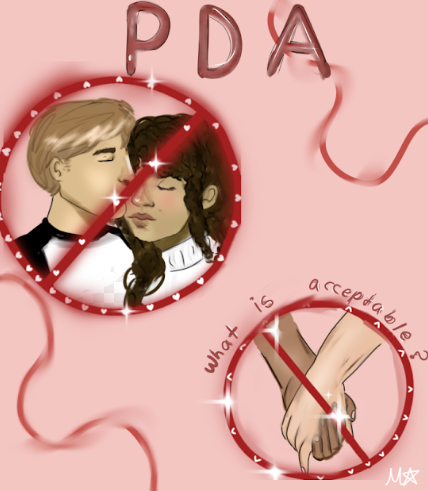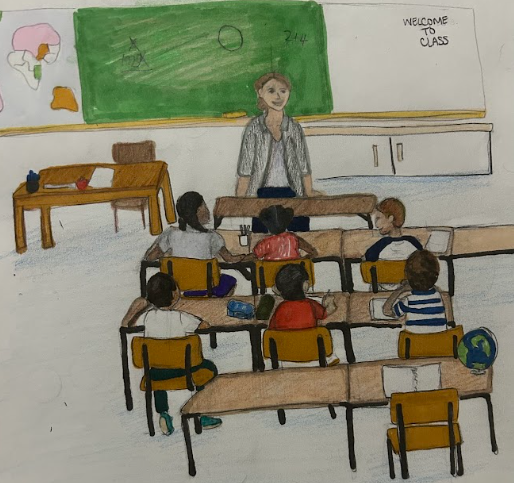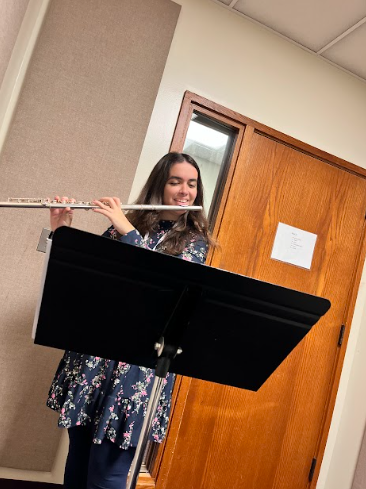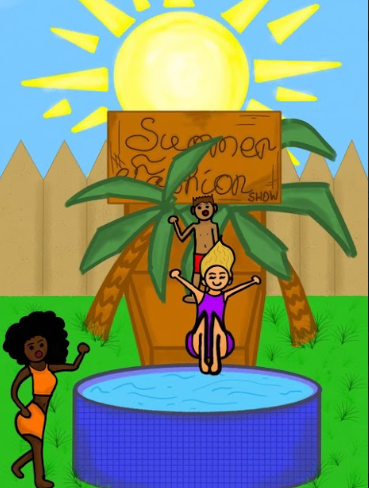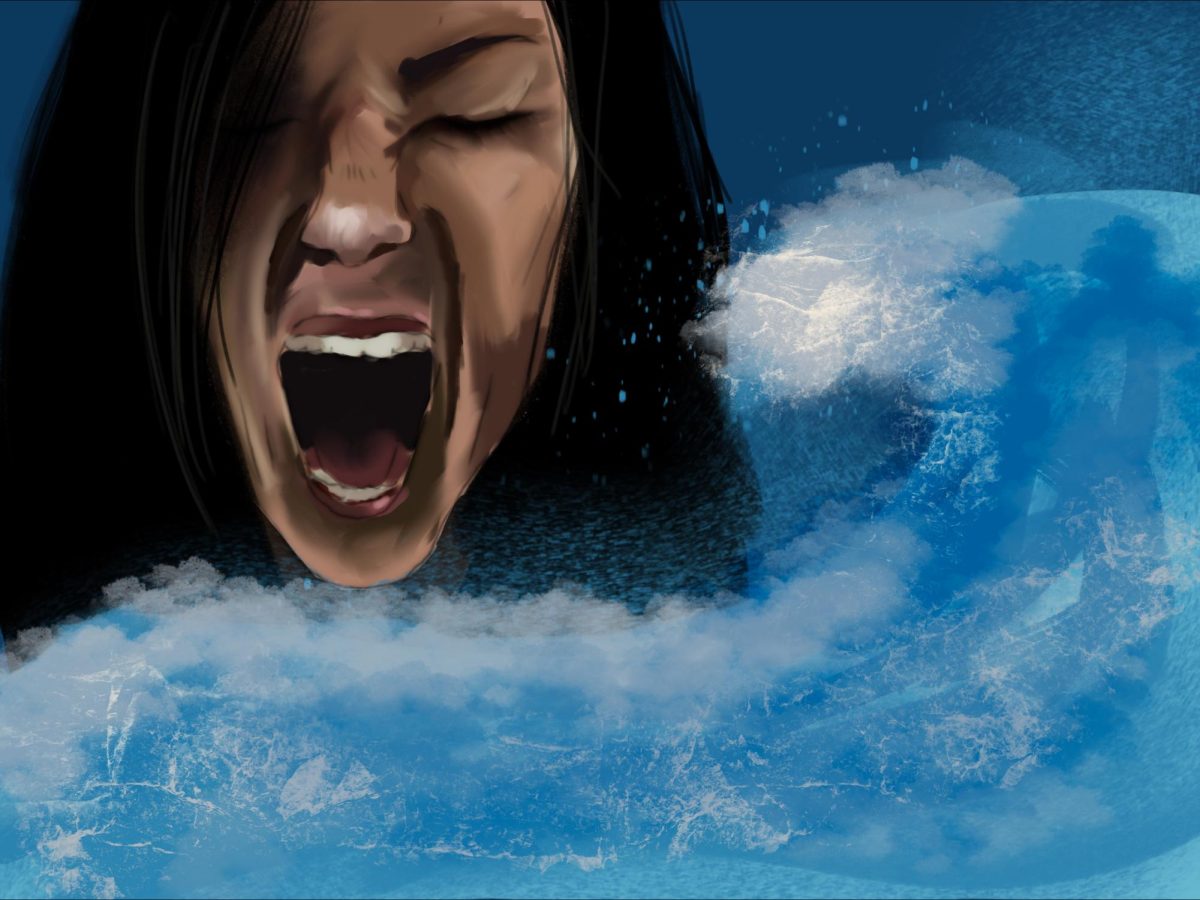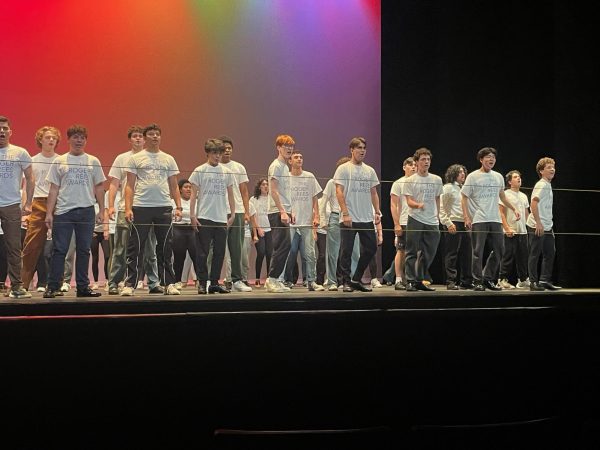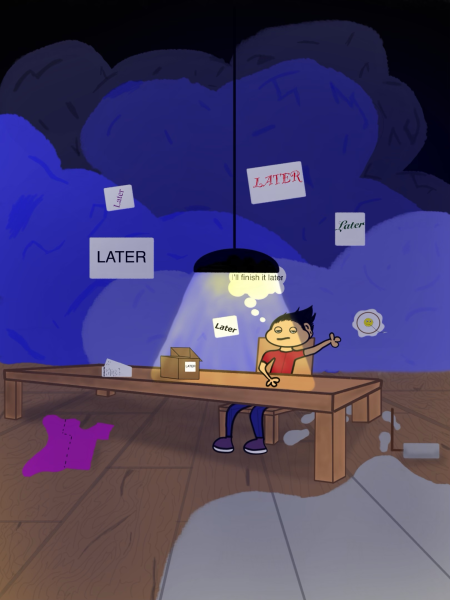Hiding Behind the Pages
Imagine opening a brand-new hardcover book. The spine cracks, and the edge of a page connects with one’s fingertips. The words are in the perspective of a young, native Aboriginal Australian girl, yet the author is European. As further reading ensues, the information is inaccurate, and the author has done little-to-no research.
The lack of respect for a differing culture in literature raises the question: Do authors have the authority to write from the perspective of another culture? The answer is not a simple yes or no.
When an author sits down to begin writing a piece of literature, especially one which he/she plans on writing from the perspective of a culture different than his/her own, certain parameters must be adhered to. Extensive research must be done, which includes the time in which the piece of literature will take place, history on the location, the political climate, and more.
“There is an enormous amount of research that the author must conduct which includes real-life experiences and real-life interviews, paired with a great source of empathy and understanding,” English teacher Mary Kirby said. “The author needs to have this knowledge to create an authentic and believable story,” she added.
For example, Sue Monk Kidd, the author of the novel The Secret Life of Bees, is a white woman who writes from the perspective of an adolescent white girl, but the novel takes place in 1964 South Carolina. This was a period with tense racial division, and Kidd acknowledges this in the conversation at the end of the novel. She delves into the research done on bees, beekeeping, and Black Madonnas. Additionally in that conversation, Kidd states that she began writing the novel in 1993, but The Secret Life of Bees was published in 2002. When proper research is done, a novel can take nearly ten years to write, even while Kidd was writing from a cultural perspective she has personally experienced.
There are multitudes of novels written by an author of one culture from the perspective of another culture. Kirby said that The Help by Kathryn Stockett and American Dirt by Jeanine Cummins were a few of the best examples that she has read fitting the above criteria.
On top of what is expected when writing a piece of literature, the topic of ethics comes into play when different cultures are incorporated. Authors may become fearful of being viewed as racist or xenophobic. “Appropriation and writing outside of one’s identity can be worrisome for authors,” Kirby said.
“There is a major line when it comes to writing about things you may not know so much about that you really don’t want to cross, especially if it’s for everyone to see and read,” said avid writer and freshman Leah Green.
How many less pieces of literature would there be if authors were not writing from the perspective of another culture and only writing from his/her own? Libraries would have a significantly scarcer supply. There must be some solution, some middle ground, to ensure that authors can still write pieces of literature from the perspective of another author, while maintaining their respect toward the other culture in question.
“If the authors have planned and prepared and taken the appropriate steps to accurately write from the perspective of another culture, I absolutely believe they have that right,” Kirby said.
Social studies teacher David Rabinowitz believes that authors “should be aware of a consistent point of view in their storytelling that is appropriate, tolerant, and accurate while presenting the culture.” On the contrary, Green stated that “people will always have an opinion on everything, but if you’re talking about someone’s culture or way of living as if you are part of that culture or way of life, it’s kind of rude and very misleading on the writer’s part.”
If proper research is done and respect is maintained, authors do have the authority to write from the perspective of another culture.

Hey there! My name’s Gianna, and I’m a member of the Class of 2025, along with many clubs here at LHS. In my spare time, you can find me on the stage,...






